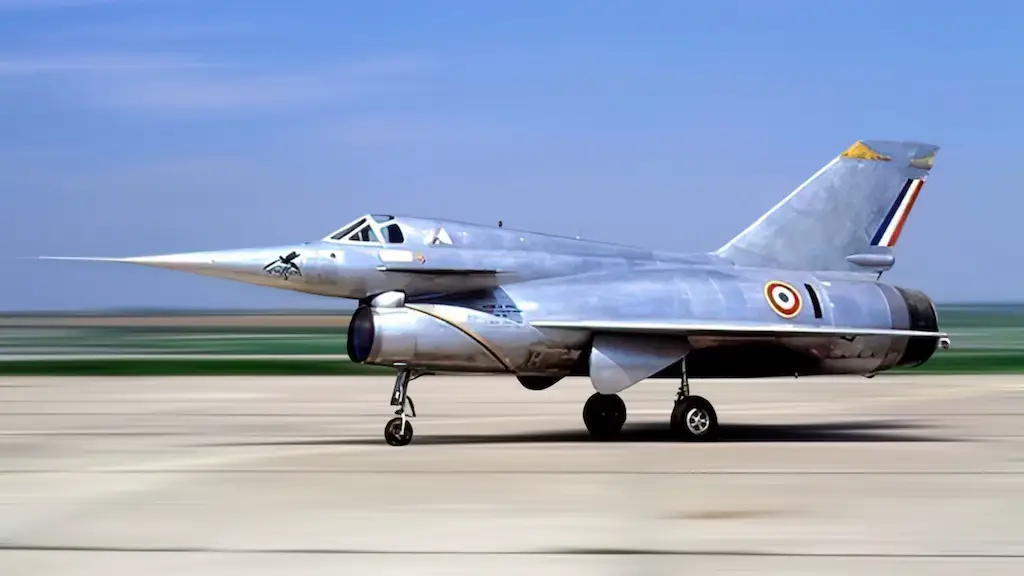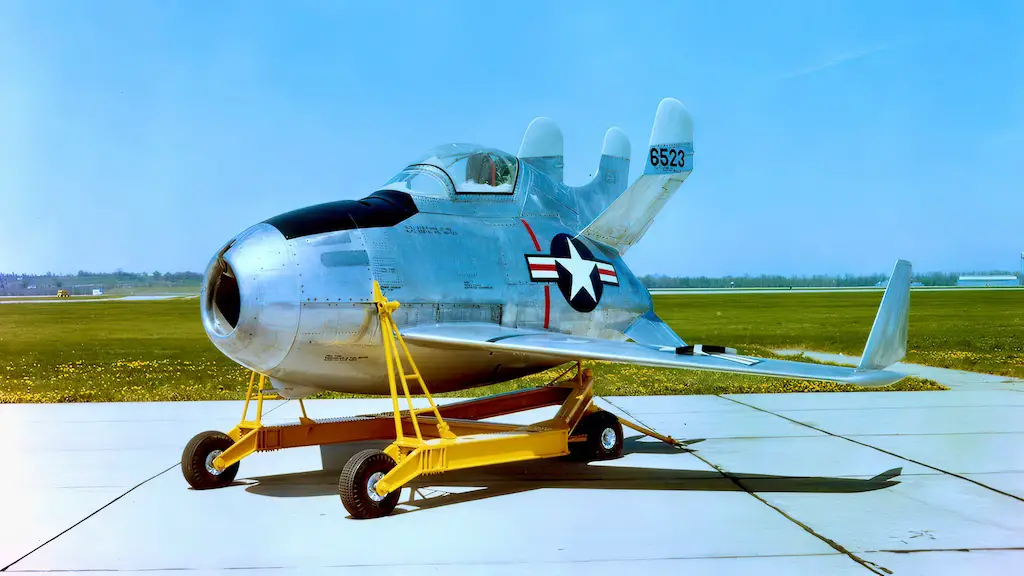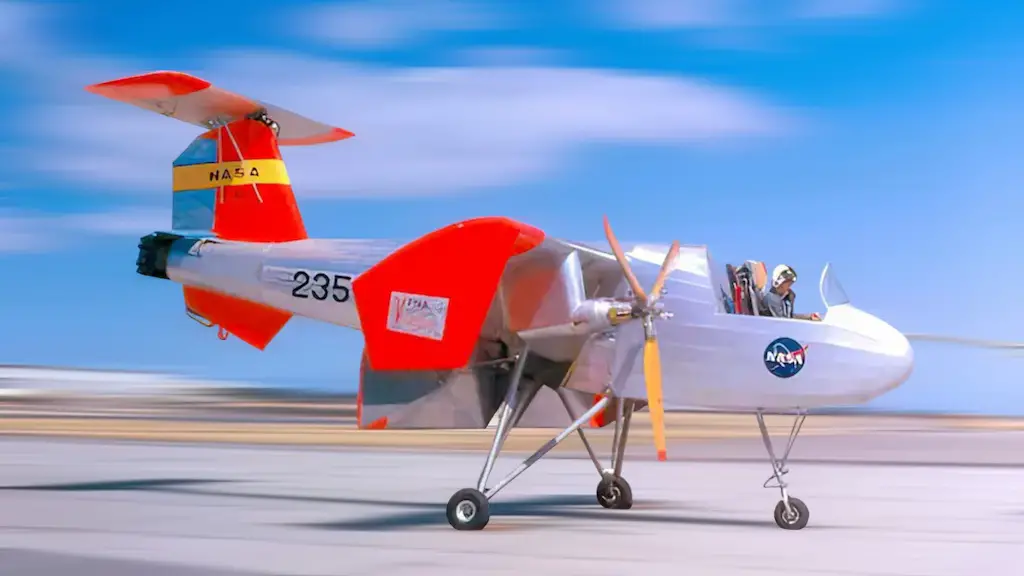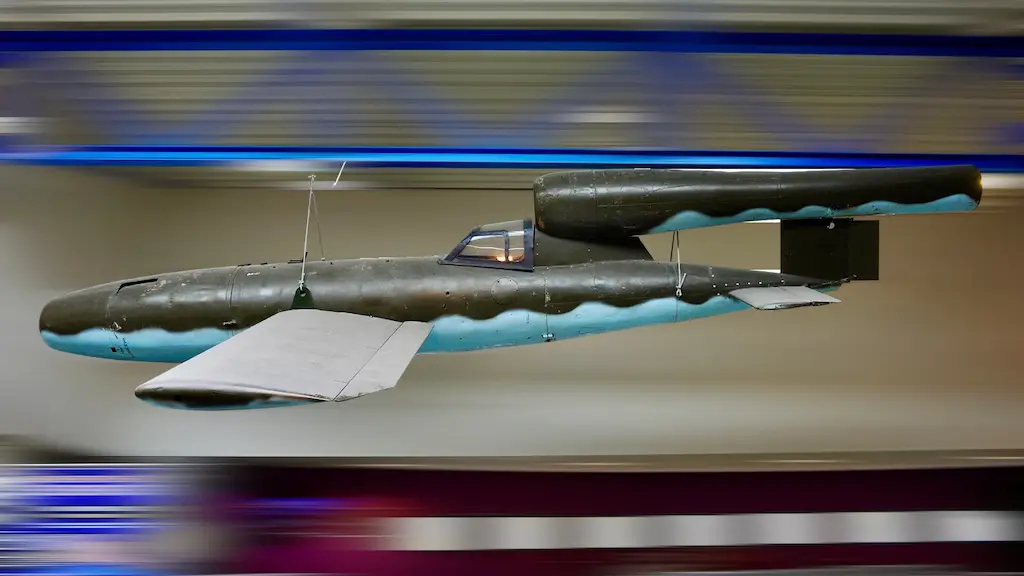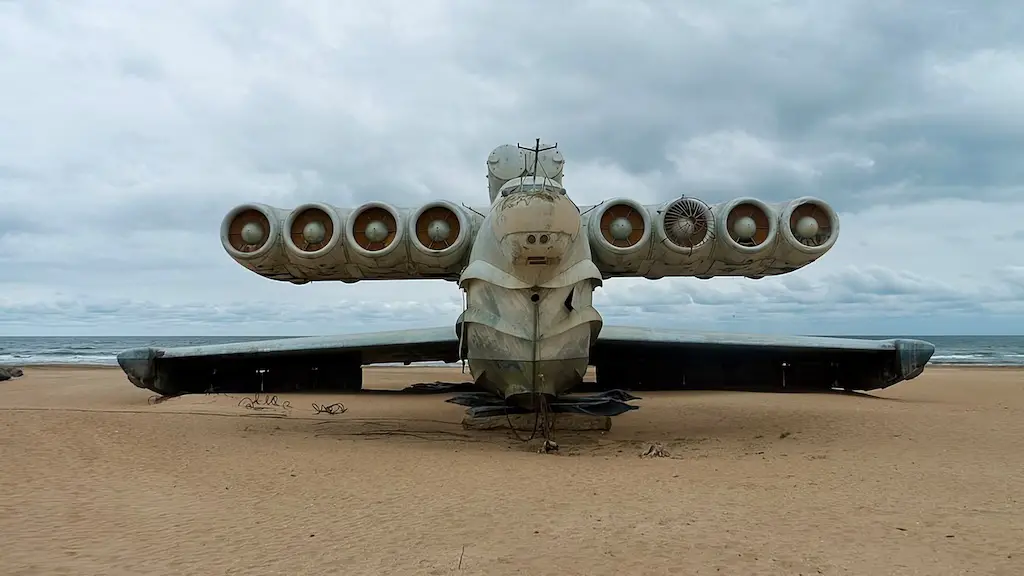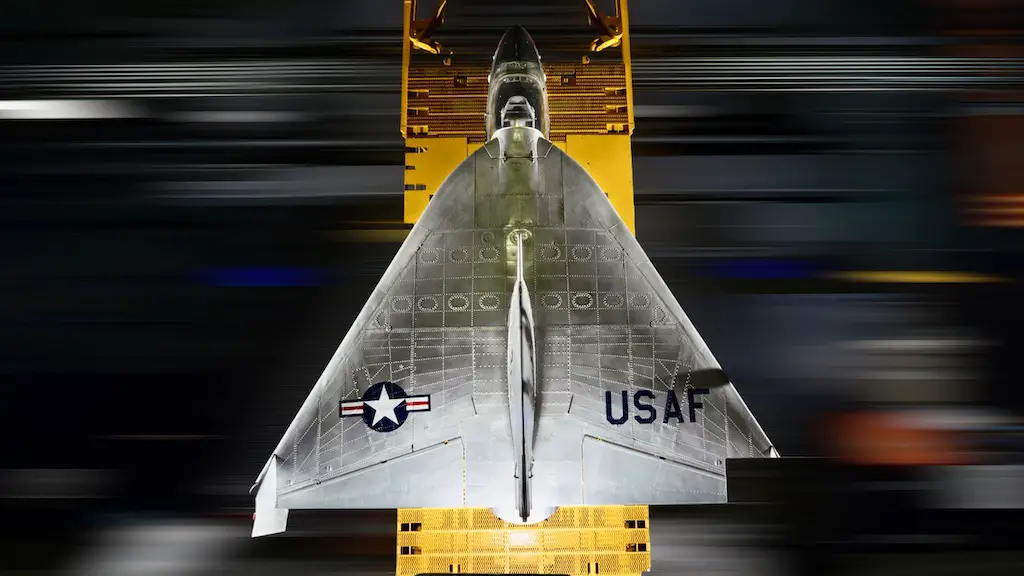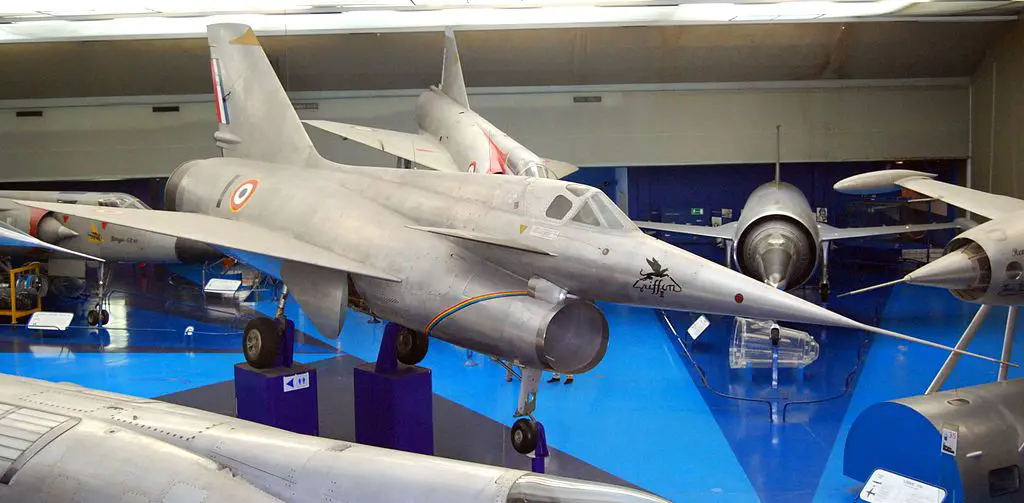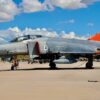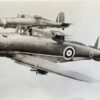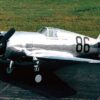Ramjets, i.e., jet engines making use of the aerial vehicles forward motion instead of a turbine to compress the incoming air, are quite widely used in missiles. In the 1950s French aircraft designers took a shot at applying the technology to piloted aircraft. The result of their efforts was Nord 1500 Griffon, a delta-winged supersonic interceptor prototype.
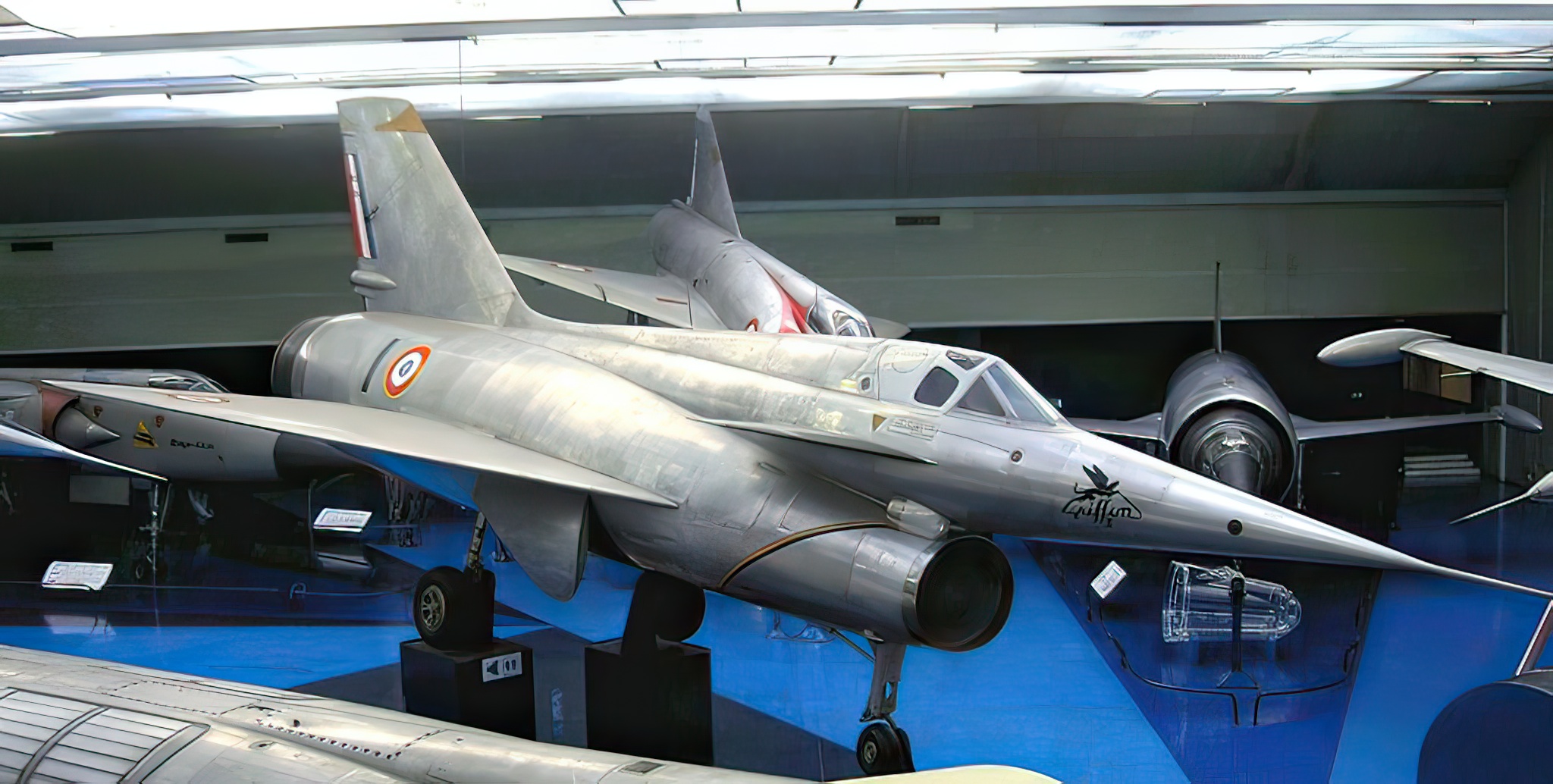
Dual propulsion
There’s no use of a ramjet during taxiing and takeoff, it can only operate at high speeds. For this reason, the Griffon, a further development of Nord Gerfaut research aircraft, was equipped with two engines, turbojet for initial stages of flight and a ramjet that kicked in at speeds over 600 mph. Actually, the first of two prototypes built, which first flew in 1955, had only the turbojet. Following its successful trials, a second prototype designated N 1500-02 Griffon took to the air in January 1957.
It was equipped with a SNECMA Atar turbojet mounted within a ramjet built by Nord Aviation. The turbojet was placed just forward of the ramjet burners. To feed that ramjet with a sufficient amount of air the aircraft got its characteristic big ventral air intake. In fact, after first trials of the Griffon II its creators figured the air intake should be even larger and made it really huge. That worked, too.
The Griffon’s ramjet displayed excellent performance. It also created some new problems. Among the most important of them was the engine’s exhaust. It was so hot that often damaged the tailpipe and, sometimes, the aircraft’s duralumin skin. Had the Griffon ever been combat deployed, that would also have made it a perfect target for heat-seeking missiles. Another major issue was controlling the ramjet, because it could not be just throttled up or down like a turbojet.
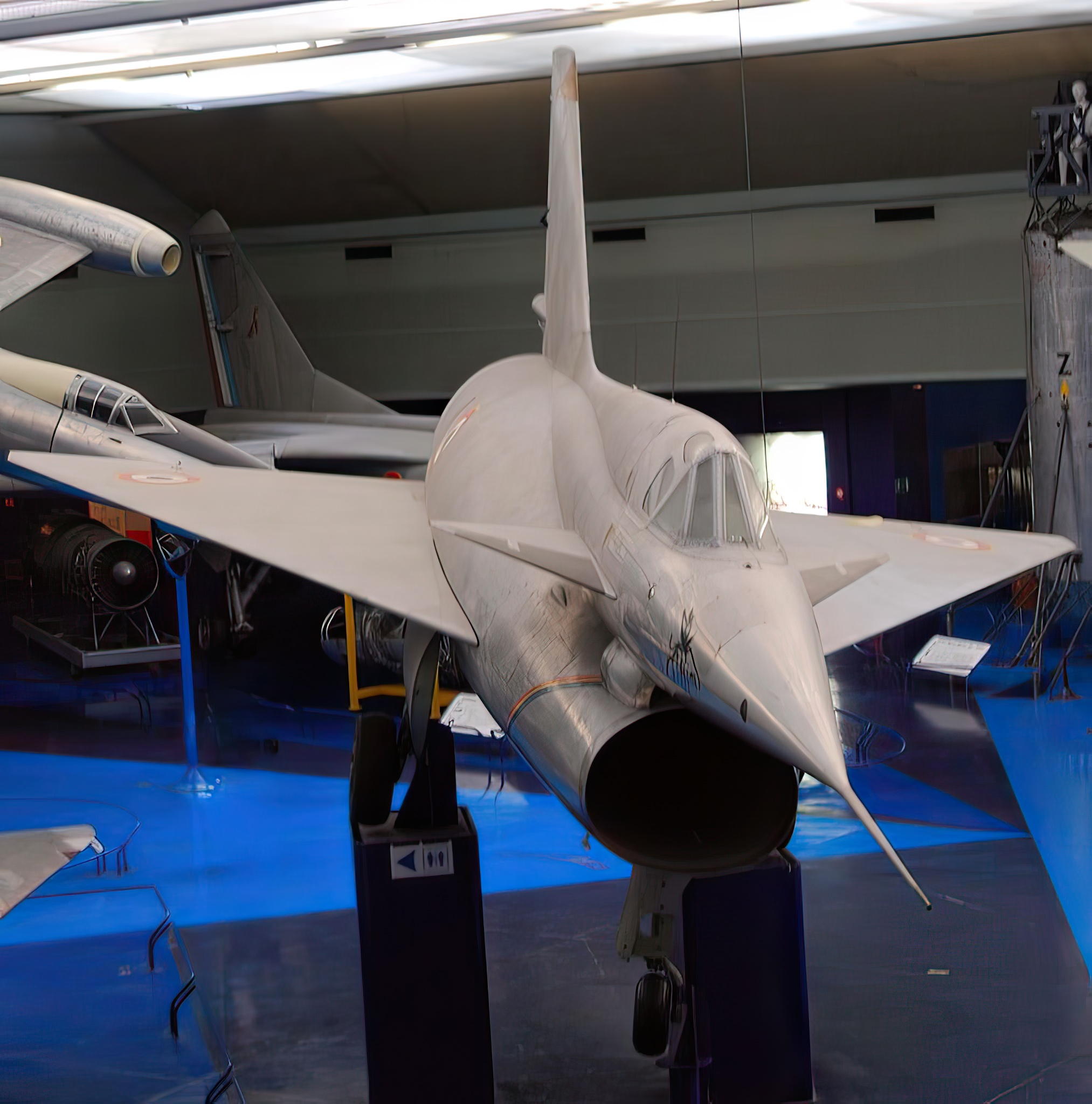
Setting records
While the Griffon I powered only by a turbojet reached a maximum of Mach 1.3, its ramjet featuring successor proved to be a much faster beast. On October 27, 1958, the Griffon II reached Mach 2 for the first time. On February 25, 1959, prominent French aviator André Turcat—the first man to rise the Concorde into the air a decade later—set a new 100-km (62-mi) closed circuit record at 1643 km/h (1,018 mph). In October of that year Turcat managed to fly the Griffon II at a maximum speed of 2.18 Mach at 50,000 ft.
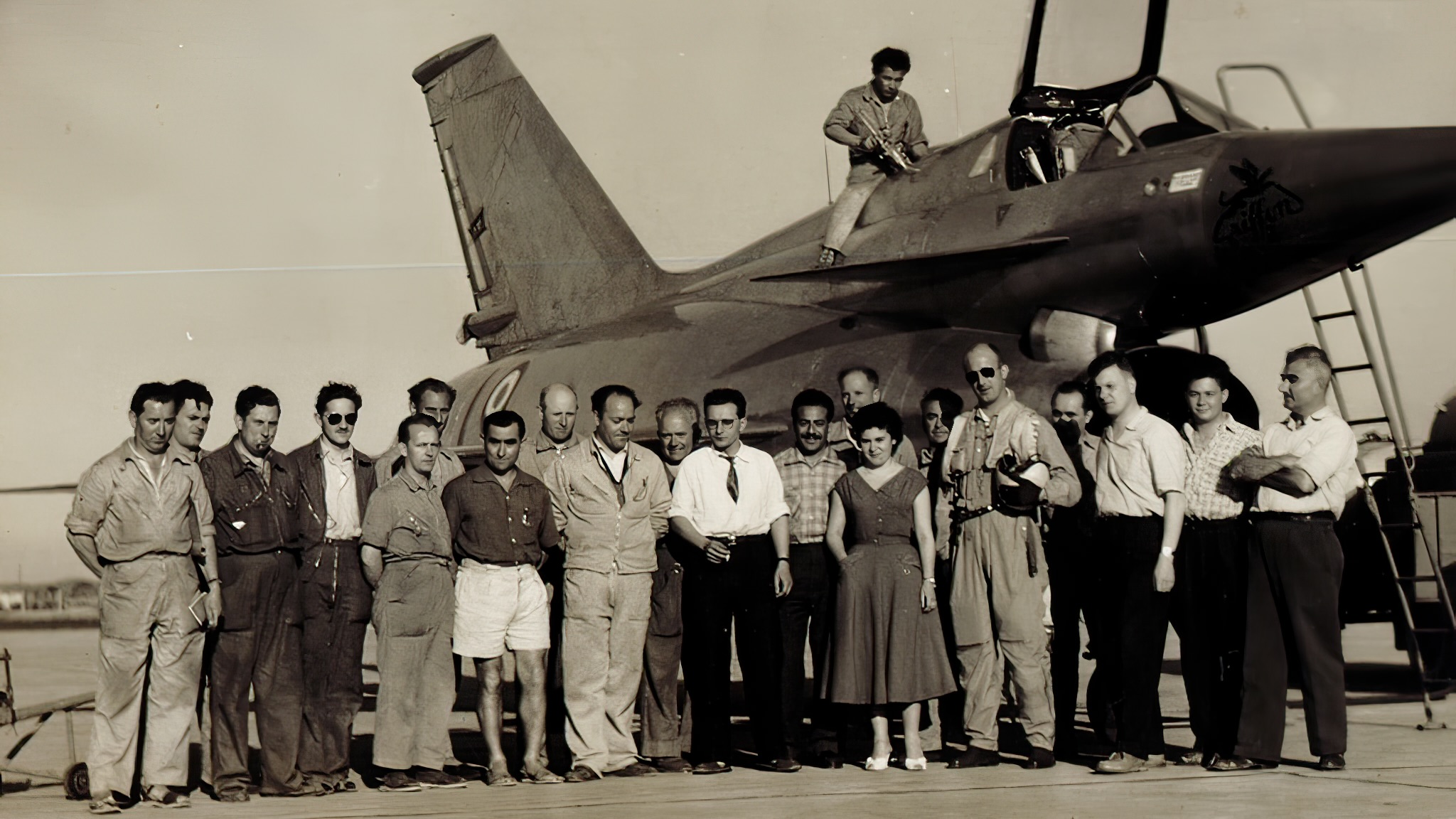
The Griffon II made 200 test flights by June 1961. However, the French military preferred simpler and cheaper Mirage III designed by Dassault Aviation over Nord’s ramjet project. Amid the Mirage’s success mass production of the Griffon was not given any serious consideration. Today Griffon can be seen at the Air and Space Museum at Le Bourget outside Paris.

